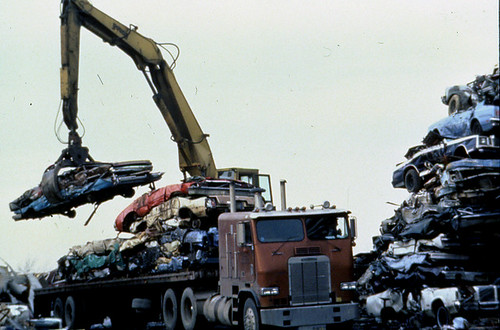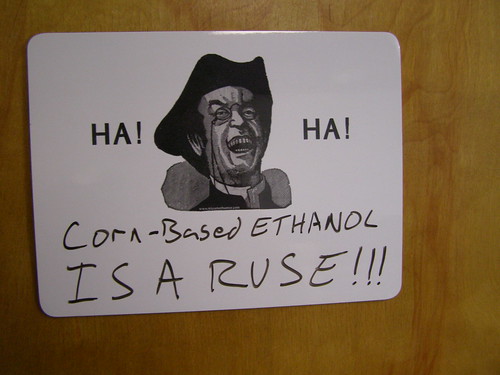(Source: BBC)
The need for speed is not normally a selling point for commuters who buy electric vehicles. But it could be.
Zero Motorcycle unveiled its “insanely fast” electric motorcycle in the UK and other European countries. The BBC has a lengthy write-up that offers a lot of details on this two wheel marvel.
And you better believe it – this bike moves.
“You can accelerate faster than any car,” says Neal Saiki, who invented the electric motorcycle.
“You’ve got all kinds of power, and it is totally quiet. I think it is a lot like flying.”

Image Courtesy: The Motor Report
A gentle turn of the throttle and the force of the lithium-ion battery pack is transferred directly to the back wheel, sending the bike rocketing down London’s Kings Road.
The experience is vastly different from the ride of a conventional bike. There is no clutch and no need to change gears. Turning the throttle instantly delivers powerful torque, along with just enough chain rattle to remind you that this is still a motorcycle.
Change the software settings, explains Mr Saiki, founder and chief technology officer of Zero Motorcycles, and the bike will deliver zero to 50mph in just five seconds. While still at college in California, he designed the world’s first helicopter powered by a human.
The invention eventually helped him become a designer of “high altitude research vehicles” for US space agency Nasa, a job he left to start building motorcycles.
“What we’ve done here is to combine the world’s smallest, lightest battery pack with a revolutionary 28 pound (12 kilogramme) frame,” says Mr Saiki, who invented the battery himself and designed the frame from aircraft grade aluminium.
Consequently, he insists, this is the “quickest production electric motorcycle in its class”.
Enough, perhaps, to convince thrill-seeking commuters, though at an expected price of some £8,000 in the UK and a maximum range of 60 miles per charge, the bike may struggle to attract people away from established motorcycle communities.
Zero Motorcycles is pitching the bike as an environmentally friendly alternative to conventional motorcycles.
In terms of fuel economy, there is probably not that much in it, since motorcycles tend not to be all that thirsty in the first place.
But when it comes to emissions it is a clear winner, the company insists, even in countries with coal-fired power stations.
“Although there is some pollution associated with the production of electricity, a Zero motorcycle produces less than an eighth of the CO2 pollution per mile at the power plant than a petrol-powered motorcycle,” Zero declares. In the video below, you can hear about the Zero S from Neal Saiki himself as he walks through various aspects of its innovative design & cutting edge technology.
It is a claim the conventional bike makers will find hard to refute, not least since they tend not to publish any CO2 figures at all.
Many commuters will be more interested in data on battery charging times, though.
Zero says a four-hour charge using an ordinary household socket will cost six pence and deliver 60 miles of motoring, and Mr Saiki insists the battery pack should be able to deliver such performance for about five years.
“You charge it in the morning and it’ll be ready for lunch,” he says.
“It would cost you $30 (£20) to go from California to New York,” observes Zero’s PR man.
Though allow for the frequent recharging, and the journey would take a long, long time.
Click here to read the entire article.
 At a recycling plant in San Pedro and five other similar operations around California, giant shredding machines annually reduce 1.3 million junk cars, refrigerators and other appliances into fist-sized chunks of metal.
At a recycling plant in San Pedro and five other similar operations around California, giant shredding machines annually reduce 1.3 million junk cars, refrigerators and other appliances into fist-sized chunks of metal.










